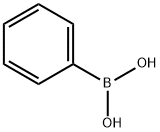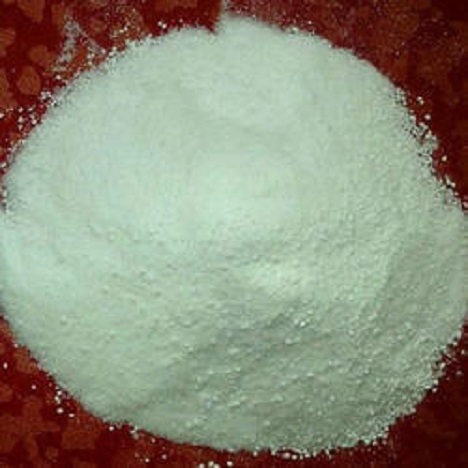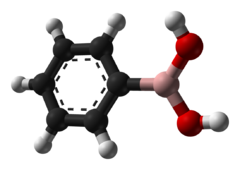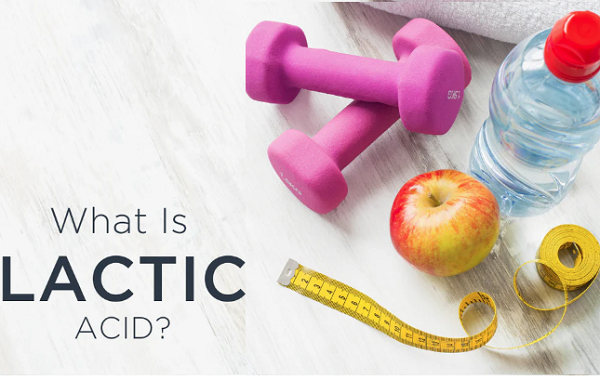The widely applications of Phenylboronic acid.
Introduction
Phenylboronic acid (PBA) or benzene boronic acid, abbreviated as PhB(OH)2 where Ph is the phenyl group C6H5-, is a boronic acid containing a phenyl substituent and two hydroxyl groups attached to boron. Phenylboronic acid is a white powder and is commonly used in organic synthesis.

Uses
Phenylboronic acid, a non-toxic compound, is a catalyst for an efficient, rapid, and one-pot three-component synthesis of tetrahydrobenzo[b]pyrans in good to excellent yields. Nemouchi et al. have reported an easy, convenient, inexpensive, and friendly environmental synthetic approach for preparing tetrahydrobenzo[b]pyrans catalyzed by PhB(OH)2 using a three-component condensation in aqueous ethanol. This procedure offers advantages like high yields, operational simplicity, non-toxic catalysts and solvents, short reaction time, and minimum environmental pollution, making it a valuable and attractive process for preparing these compounds[1].
PBA is a unique sorbent containing phenylboronic acid, which is able to form covalent bonds with specific analytes. Because the covalent retention involves interaction energies 10–100 times stronger than other extraction mechanisms, the retained compounds are strongly bound to the sorbent surface, resulting in superior cleanup. The boronate group is highly specific for cis-diols like catechols, nucleic acids, low molecular weight proteins, and carbohydrates. PBA has proven to be especially effective in the isolation of catecholamines from biological fluids and for the separation of RNA from DNA. The elution of the retained compounds requires hydrolysis of the covalent bond, which can be done, for example, using acidic methanol.
Phenylboronic acid was used as the binding domain moiety in the backbone of a graft copolymer. PBA forms reversible covalent complexes with cis-diols and poly(hydroxyls). Cis-Diols are common in sugar residues in glycoproteins found on the cell surface and in the extracellular matrix, e.g., sialic acid, galactose, mannose, and fucose residues. These complexes only form when the boron is tetrahedral and thus are more prevalent above the PBA pKa, usually around 8.8.
Phenylboronic acid-polymers (PBA-polymers) have attracted tremendous attention as potential stimuli-responsive materials with applications in drug-delivery depots, scaffolds for tissue engineering, HIV barriers, and biomolecule-detecting/sensing platforms. The unique aspect of PBA polymers is their interactions with diols, which result in reversible, covalent bond formation. This very nature of reversible bonding between boronic acids and diols has been fundamental to their applications in the biomedical area[2].
Phenylboronic acid groups covalently attached to silica or porous polymer supports are used for the selective isolation of compounds containing vicinal diol groups (e.g., nucleosides, catecholamines, steroids, drugs), α-hydroxy acids, 1,2-amino alcohols, 1,2-diketones, 1,3-diols, etc., by the formation of 5- or 6-membered cyclic boronate complexes. The selectivity of the retention mechanism depends on the stability of the covalent complex, which is largely governed by ring size, functional group type, and pH. Complex formation requires a basic pH.
References
[1] Sara Nemouchi . “Phenylboronic acid as an efficient and convenient catalyst for a three-component synthesis of tetrahydrobenzo[b]pyrans.” Comptes Rendus. Chimie 15 5 (2012): Pages 394-397.
[2] Ji Hyun Ryu. “Phenylboronic Acid-polymers for Biomedical Applications.” Current medicinal chemistry 26 37 (2019): 6797–6816.
You may like
Related articles And Qustion
See also
Lastest Price from Phenylboronic acid manufacturers
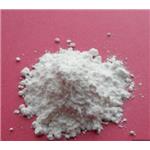
US $6.00/kg2025-04-21
- CAS:
- 98-80-6
- Min. Order:
- 1kg
- Purity:
- 99%
- Supply Ability:
- 2000KG/Month

US $0.00/Kg/Drum2025-04-21
- CAS:
- 98-80-6
- Min. Order:
- 1KG
- Purity:
- 99%
- Supply Ability:
- 200mt/year
